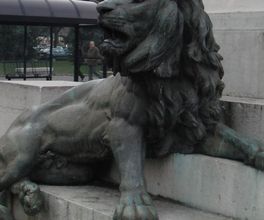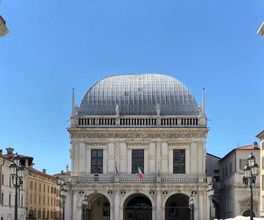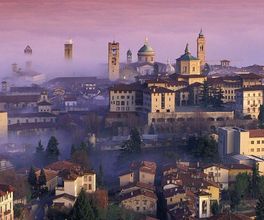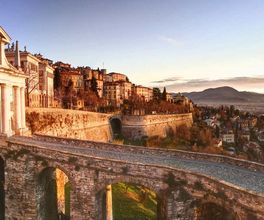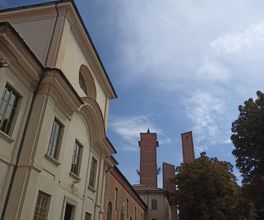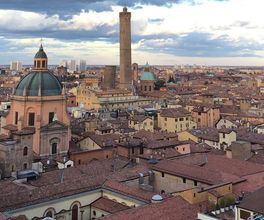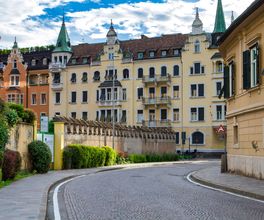
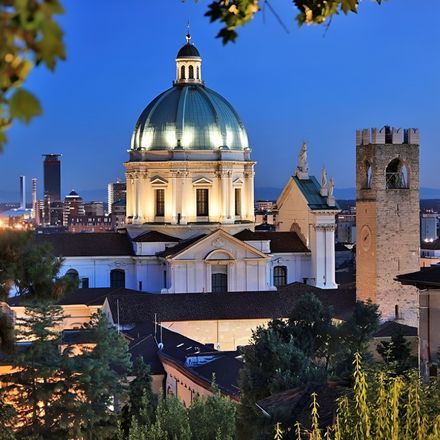



About this experience
Brescia - a city with roots dating back to Antiquity. It is unfairly overlooked, and I will try to correct that. My husband is from Brescia - so I am familiar with the mentality of the locals and know the subtleties of Brescian cuisine. I have lived in Brescia for a long time, explored all its corners, and studied its history well. During the walk, I will tell you in detail about the periods through which the city has passed.
What to expect
Our tour will be a real journey through time.
Roman period
- We will start our walk at Cidneo Hill on the Roman Forum, where the political and commercial center of the city was located. We will talk about the foundation of Brescia in 49 B.C.
- In the restored Capitolium, we will see the miraculously preserved winged bronze statue of the goddess Victory (Vittoria Alata) from the 1st century A.D.
Rule of the Lombards
- Our path then leads to the Monastery of Santa Giulia, founded by the Lombard king Desiderius
- On the monastery grounds, there is a museum with a collection of ancient sculptures and ceramics, as well as the majestic cross of Desiderius with 212 precious stones
Medieval period
- On the Cathedral Square, we will see both the old and new Duomos (the only case in Italy)
- In the old Duomo, we will admire the frescoes and paintings by Moretto, Maffeo, and Romanino, touch the sarcophagus of Bishop Berardo Maggi
- In the new Duomo, we will look at the altar of Pope Paul VI, who was born in Brescia. I am actually his indirect relative (and I'm not kidding).
Renaissance period
- We will walk to the most beautiful square of the city - Piazza della Loggia
- Here is a palace in the Venetian Renaissance style, the city's monument to the “Italian lion” - Brescia, and a tower with astronomical clocks. I will tell you about the Italian (Roman) clock system.
Mussolini era
We will end the tour at Piazza della Vittoria - a bright symbol of the monumental buildings of the Mussolini era.
Organizational details
During the tour, we will not visit museums. If desired, you can visit the Museum of Santa Giulia and the Capitolium Archaeological Park on your own. The cost of a single ticket for adults is €15, for visitors under 26 and over 65 is €8.
